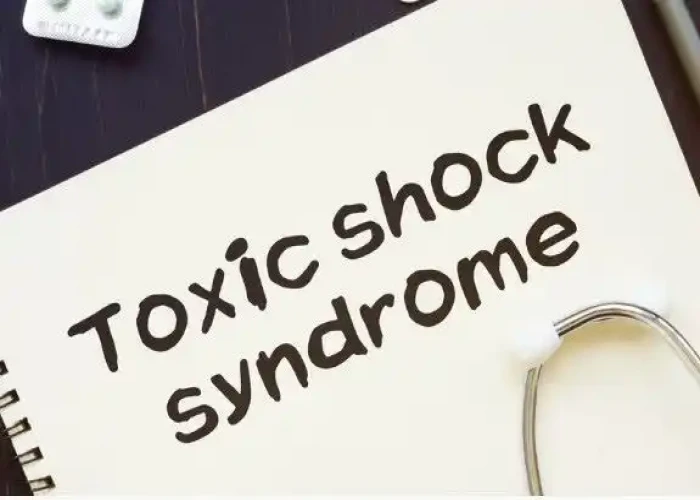 Welcome
Welcome
“May all be happy, may all be healed, may all be at peace and may no one ever suffer."
Toxic shock syndrome
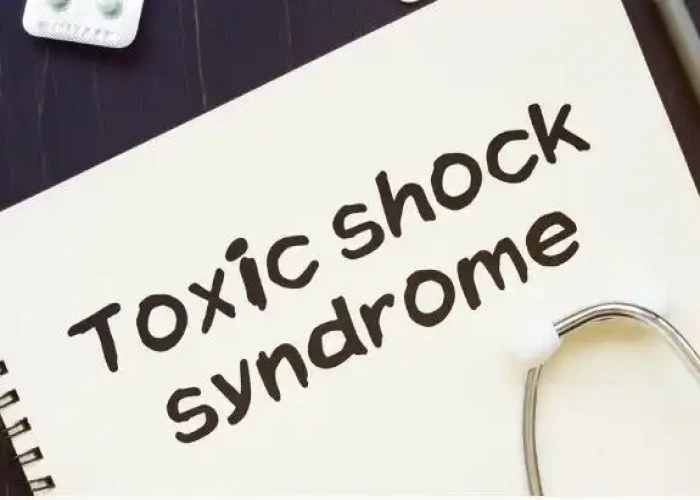
Toxic shock syndrome (TSS) is a rare but potentially life-threatening condition that can be caused by toxins produced by certain types of bacteria, including Staphylococcus aureus and Streptococcus pyogenes. TSS can occur in anyone, but it is most commonly associated with women who use super-absorbent tampons during menstruation.
Symptoms of TSS can include fever, vomiting, diarrhea, a rash, low blood pressure, and multi-organ failure. If left untreated, TSS can lead to shock and even death.
Treatment for TSS typically involves hospitalization and supportive care to manage the symptoms and prevent complications. Antibiotics may also be used to treat the underlying bacterial infection. In severe cases, treatment may involve surgery to remove any infected tissue or drain abscesses.
Preventing TSS involves using menstrual products that are appropriate for your flow and changing them frequently, as well as practicing good hygiene, such as washing hands regularly and cleaning wounds properly. If you experience symptoms of TSS, it is important to seek medical attention immediately, as early diagnosis and treatment can be life-saving.
Research Papers
Disease Signs and Symptoms
- Fever
- Low blood pressure (hypotension)
- Nausea or vomiting
- Diarrhea
- Confusion (Hallucinations)
- Muscle pain
- Red eyes (conjunctivitis)
- Seizures
- Headaches
Disease Causes
Toxic shock syndrome
Most commonly, Staphylococcus aureus (staph) bacteria cause toxic shock syndrome. The syndrome can also be caused by group A streptococcus (strep) bacteria.
Disease Prevents
Toxic shock syndrome
Manufacturers of tampons sold in the United States no longer use the materials or designs that were associated with toxic shock syndrome. Also, the U.S. Food and Drug Administration requires manufacturers to use standard measurement and labeling for absorbency and to print guidelines on the boxes.
If you use tampons, read the labels and use the lowest absorbency tampon you can. Change tampons frequently, at least every four to eight hours. Alternate using tampons and sanitary napkins, and use minipads when your flow is light.
Toxic shock syndrome can recur. People who've had it once can get it again. If you've had toxic shock syndrome or a prior serious staph or strep infection, don't use tampons.
Disease Treatments
If you develop toxic shock syndrome, you'll likely be hospitalized. In the hospital, you'll:
- Be treated with antibiotics while doctors seek the infection source
- Receive medication to stabilize your blood pressure if it's low and fluids to treat dehydration
- Receive supportive care to treat other signs and symptoms
The toxins produced by the staph or strep bacteria and accompanying hypotension may result in kidney failure. If your kidneys fail, you may need dialysis.
Surgery
Surgery may be necessary to remove nonliving tissue from the site of infection or to drain the infection.
Disease Diagnoses
Disease Allopathic Generics
Disease Ayurvedic Generics
Disease Homeopathic Generics
Disease yoga
Toxic shock syndrome and Learn More about Diseases
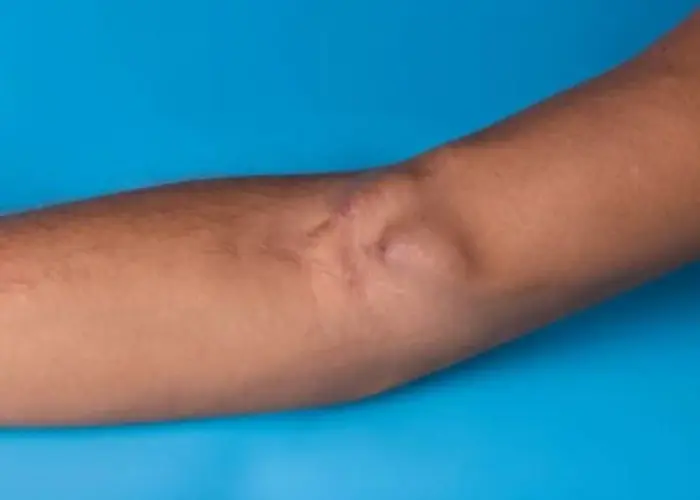
Arteriovenous fistula

Stretch marks

Sleepwalking

Tay-Sachs disease

Spina bifida

Leukoplakia
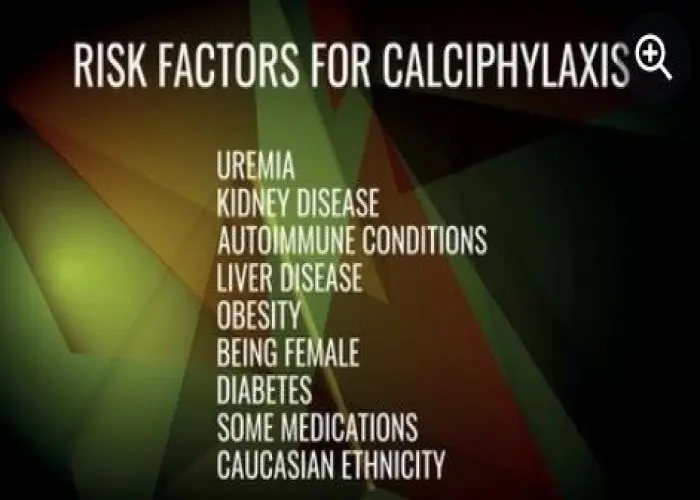
Calciphylaxis
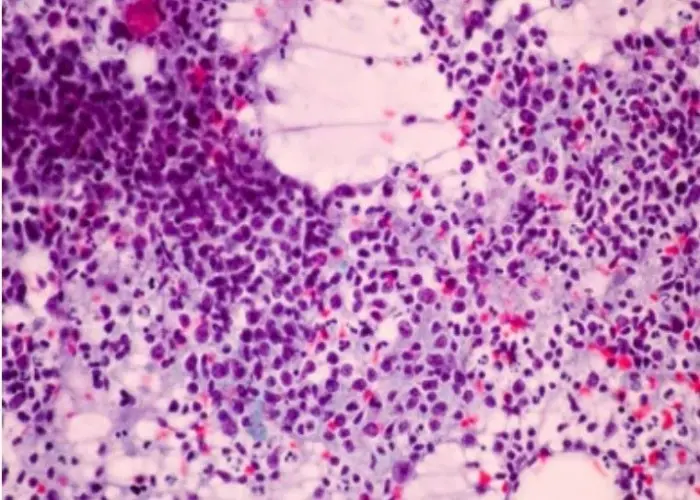
Chronic granulomatous disease
toxic shock syndrome, বিষাক্ত শক সিনড্রোম
To be happy, beautiful, healthy, wealthy, hale and long-lived stay with DM3S.
